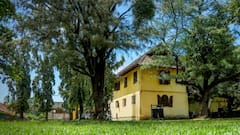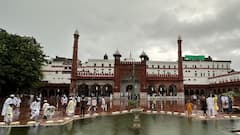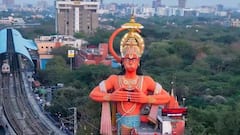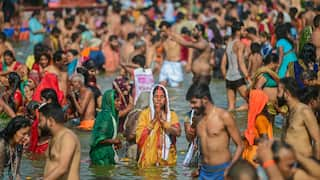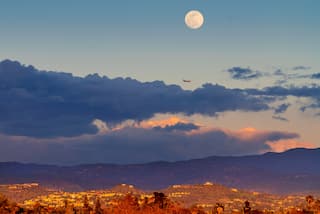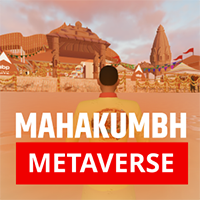Here’s A List Of The Top Buddhist Heritage Sites In Odisha
Discover the rich history of Buddhism in Odisha. With over 200 Buddhist heritage sites, Odisha boasts several notable locations, including Lalitagiri, Ratnagiri, Udayagiri, and the Shanti Stupa.

Buddhism began to gain a foothold in Odisha after Emperor Ashoka's invasion and the legendary Kalinga War – one of the bloodiest battles recorded in the annals of Indian history, which ultimately led the Emperor to embrace Buddhism, a religion known for its commitment to peace. The state of Odisha saw the construction of numerous monasteries and vital Buddhist settlements, often situated atop hills, which has become a unique characteristic of these sites. Today, these settlements and monasteries are well-known as significant Buddhist heritage sites.
Amidst the tranquil and peaceful surroundings along the banks of river Daya lie the remnants of Odisha's rich history with Buddhism, far removed from the hustle and bustle of city life. The reciprocal influence between Buddhism and the cultural heritage of Odisha is a prime example of a symbiotic relationship, with the latter contributing to the spread of the religion to Asian countries.
Buddhism has played a significant role in the cultural and historical development of Odisha. Tourists and Buddhists from around the world flock to the state to visit its many ancient forts and Buddha statues. With over 200 Buddhist heritage sites, Odisha boasts several notable locations, including the Chandragiri Buddhist Monastery, Ratnagiri Monastery, Udayagiri Buddhist Complex, Kuruma Buddhist Heritage Site, Lalitagiri Buddhist Complex, Dhauli Shanti Stupa, and the Padmasambhava Mahavihara Monastery.
Get amazed by the treasure trove of the unexplored and untouched Buddhist Sites of Odisha. Here's our pick of a few TOP Buddhist Sites and destinations in Odisha. Scroll the list below and unearth Odisha's best rightly called India's Best Kept Secret Gems!
The Diamond Triangle – Lalitagiri, Ratnagiri, and Udayagiri
The Diamond Triangle, one of the most popular Buddhist circuits in Odisha, is located approximately 100 km from Bhubaneshwar and comprises three closely situated heritage sites in Jajpur: Lalitagiri, Ratnagiri, and Udayagiri.
Lalitagiri, the oldest of the three sites, boasts of the ruins of a monastery built in the 1st century AD, which served as a centre for both the Mahayana and Hinayana sects of Buddhism. The main stupa or Mahastupa, several Votive stupas, and prayer halls comprise the ruins. The museum here showcases a variety of artefacts, including statues of Lord Buddha, Tara, and Jambhala.
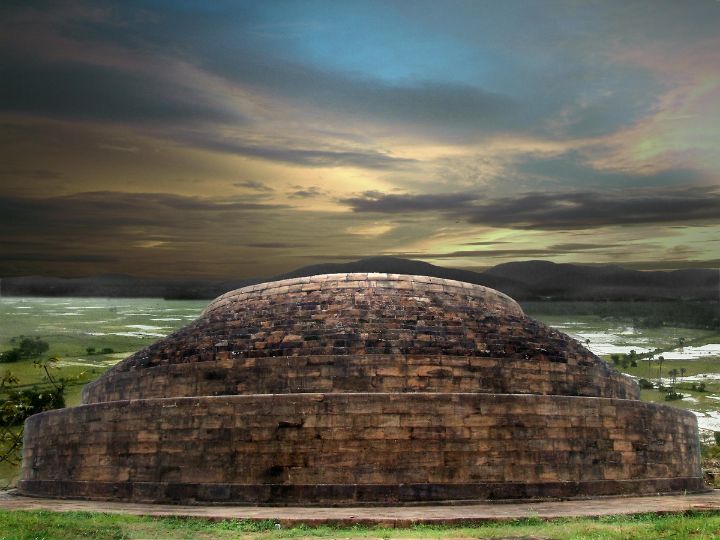
Udayagiri, situated near Lalitagiri, contains the ruins of two monasteries, Mahastupas, excellent sculptures, and prayer halls. Visitors can view the great lion statue at the base of Udayagiri hill and may also spot a range of native bird species.
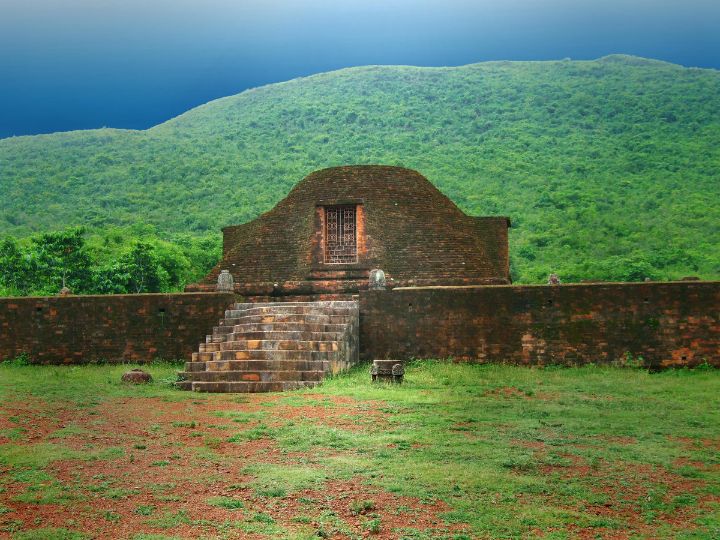
Considered one of the best-excavated Buddhist sites in Odisha, Ratnagiri was once a rival of Nalanda. The unique monastery here features a Mahastupa, votive stupas, commemorative stupas, and several Buddha statues. Visitors can also admire the intricately carved entrance gate of the monastery.
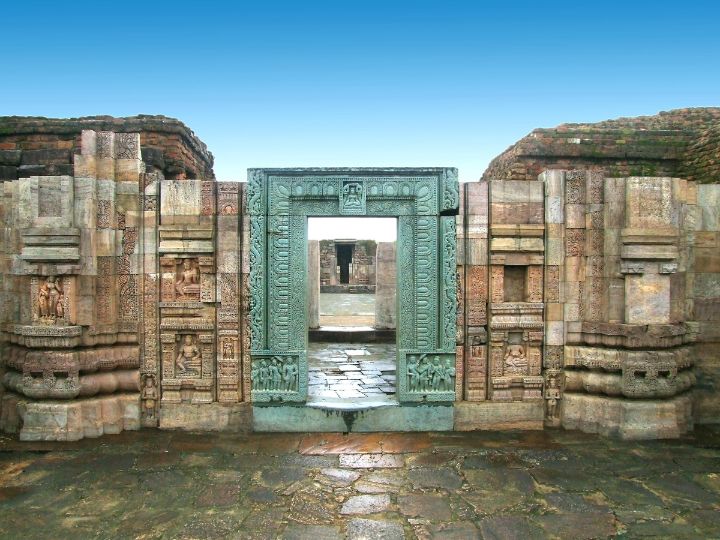
These three Buddhist heritage sites, Lalitagiri situated in the Cuttack district, and Ratnagiri and Udayagiri situated in the Jajpur district, are all located within 100 km from the state capital, Bhubaneshwar.
Shanti Stupa, Dhauligiri - The Message of Peace
The Shanti Stupa, also known as the Peace Pagoda, is located in Dhauligiri, which is about 7 km from Bhubaneswar on the way to Puri. The name "shanti" itself means peace, and this stupa was built on the site where the Kalinga War came to an end and King Ashoka adopted Buddhism, embracing peace and tranquillity. The famous rock edict of Emperor Ashoka can be found here and is a popular destination for Buddhist devotees. The Shanti Stupa was built by Japan Buddha Sangha and Nippon Kalinga Buddha Sangha to commemorate the mission of peace of King Ashoka after the Kalinga War which completed 50 years last year
According to popular legend, the Kalinga War was so fierce that it transformed Emperor Ashoka from a warmonger to a peace lover. The foundation of several stupas, chaityas, and pillars was laid by King Ashoka, and his edicts promoting peace, joy, and contentment can also be found here. The earliest Buddhist sculpture in Odisha, a rock-cut elephant, can also be seen.
The stupa is in the shape of a dome, and stone panels display the Buddha's footprints and the Bodhi tree. There is also an image of Ashoka laying down his sword in front of Lord Buddha, symbolizing his complete abandonment of war. The Saddharma Vihar Monastery is located nearby and is popular among Buddhist devotees. The Dhabaleshwar temple, which was renovated in 1972, is also located a short distance away and is frequented by both Hindu and Buddhist devotees. A visit to Dhauligiri is a must to explore the various Buddhist attractions that add to its sacred significance in Odisha.
Jirang Monastery - Where Happiness & Peace Are A Way of Life
Jirang is known to be the little Tibet of Odisha in India, which are also well-known as the abodes of His Holiness the Dalai Lama, but it has provided a home for Tibetan settlers since China invaded Tibet in 1959. Chandragiri, designated as Camp No. 4, was where the first batch of Tibetans arrived on 1st May 1963. Since then, they have not only made Chandragiri and the adjoining camps at Labarasingh, Mahendragadh, and Tankilipadar (all located within a radius of 4-5 km around Chandragiri) their home but have also added colour to the picturesque mountains of the Eastern Ghats in this part of Odisha through their enterprise and demeanour. The Tibetans have named this place "Phuntsokling" which means land of plenty and happiness.
The Padmasambhava Monastery, also known as the Jirang Monastery, is the major attraction in this region. It is the largest monastery in Eastern India and was inaugurated by His Holiness The Dalai Lama in 2010. The monastery serves as a residence cum college for Buddhist monks who come from all over India to study here. Mahendragad's Avalokiteswara statue in a sitting position and the Monastery at Labarasingh are other popular attractions in the area. Don't miss the Peace Pagoda at the entrance of Camp No. 4. The Tibetan community is known for being helpful to outsiders and tourists, so please be polite when interacting with them.
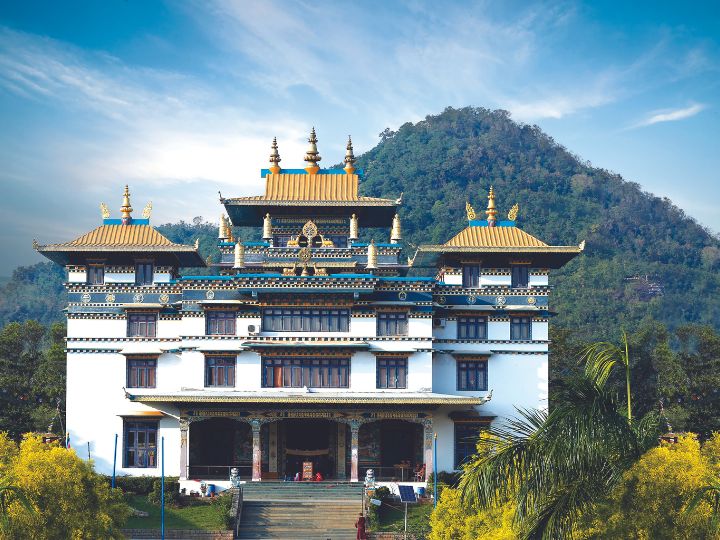
In light of these facts
In conclusion, Odisha is a must-visit destination for anyone interested in exploring the rich Buddhist heritage of India. With its impressive collection of ancient monuments, stupas, monasteries, and temples, the state offers a unique glimpse into the history and culture of Buddhism in India. If you're looking for an enriching travel experience, pack your bags and head to Odisha to visit these top Buddhist heritage sites in the state.
Buddhist Tours in Odisha is very much admired by millions of Buddhist pilgrims around the globe. To perceive details on Buddhism's comprehensive guide to Buddhism and its significance thousands of tourists visit Odisha and explore the cosmic Buddhist Tourist Destinations. For more details, visit www.odishatourism.gov.in and to book your travel package, visit www.bookodisha.com
[Disclaimer: The opinions, beliefs, and views expressed by the various authors and forum participants on this website are personal and do not reflect the opinions, beliefs, and views of ABP News Network Pvt Ltd.]
Trending News
Top Headlines



















